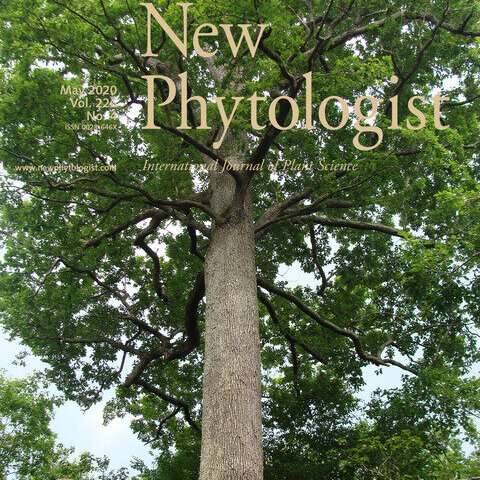Oak genomics proves its worth

A year and a half following the publication of the pedunculate oak genome by France's National Research Institute for Agriculture, Food and the Environment (INRAE) and The Commission for Atomic Energy and Alternative Energies (CEA), initial results based on this genomic resource were published in the April 16, 2020, issue of New Phytologist.
The 10 articles in the collection help clarify the evolution of oaks, from the deep roots of their diversification through their more recent evolution. They also identify key genes involved in oak adaptation to environmental transitions and resistance to pathogens, investigate the implications and history of oak hybridization, and trace genomic evidence for an estimated 56 million years of oak evolution. This landmark volume will be of value to tree scientists worldwide. Four of the articles were co-authored by researchers at The Morton Arboretum.
Oaks are keystone species in a wide range of forest and savanna ecosystems throughout the northern hemisphere. They are also model organisms for investigating ecological and evolutionary processes responsible for plant diversification and adaptation, especially in response to rapid environmental change. Given the high rate of global climate change, genomic approaches to understanding tree responses to the environment are particularly timely.
The volume brings to light several novel findings in tree biology that have arisen from these studies rooted in the oak genome:
- In a review of research into oaks' early and more recent evolution, evolutionary mechanisms are proposed for the high diversity and abundance of oaks across the Northern Hemisphere (Kremer et Hipp, 2020).
- Two global phylogenomic studies reconstruct the history of oak diversification across the northern hemisphere, dissecting the important role of both speciation and hybridization in shaping the diversity of oak-dominated forest communities (Crowl et al. 2020; Hipp et al. 2020).
- A synthesis of genomic findings against the backdrop of western cultural traditions suggests biological underpinnings of the oak's traditional use as a symbol of longevity, cohesiveness and robustness (Leroy et al. 2020a).
- A novel oak conservation strategy is proposed that would take advantage of hybridization in oaks, designed to facilitate the ability of these long-lived organisms to adapt to global change by naturally sharing advantageous genes across species boundaries (Cannon and Petit, 2020).
Publication of this series of research articles provides a forward-looking review of cutting-edge work being carried out in light of scientists' burgeoning understanding of the oak genome.
Journal information: New Phytologist
Provided by The Morton Arboretum



















